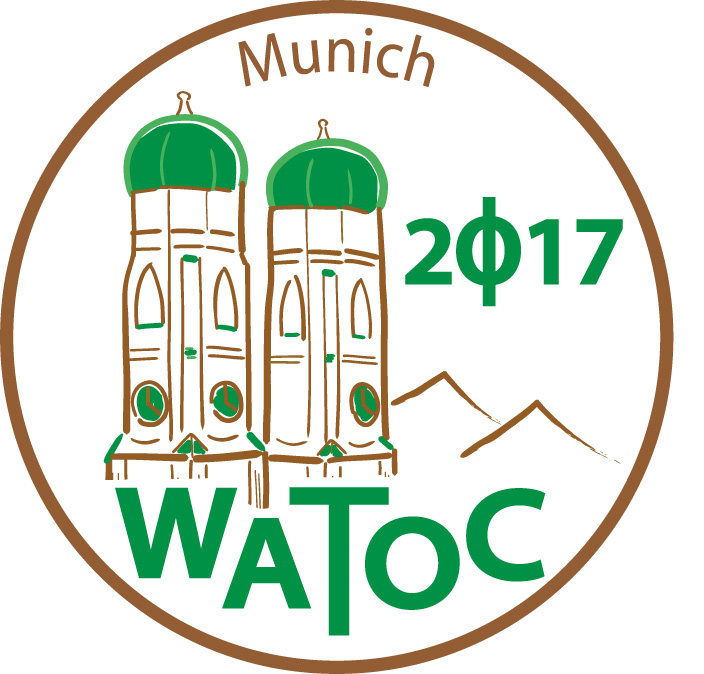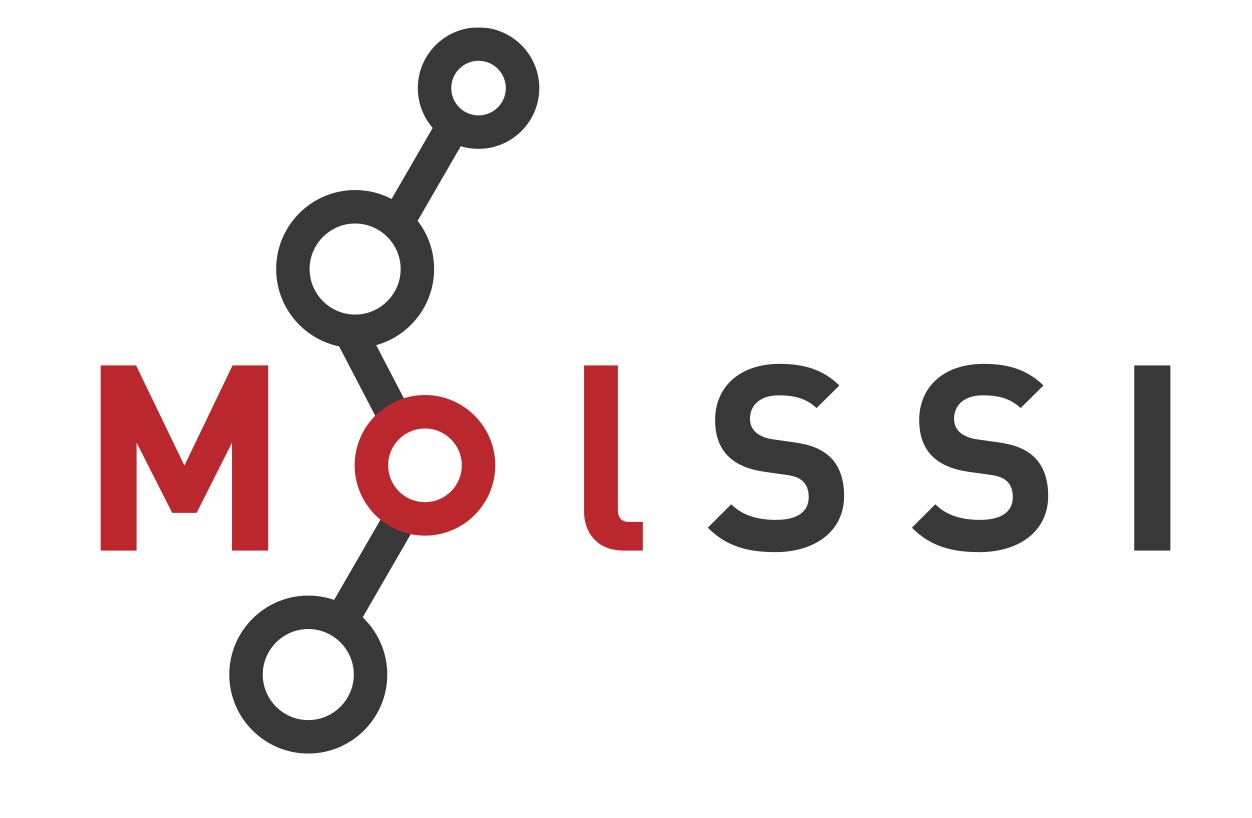Implicit Solvation Models in the FHI-AIMS Numeric Atomic Orbital Code
Harald Oberhofer (Chair for Theoretical Chemistry and Catalysis Research Center, TU München, Lichtenbergstr. 4, D-85747 Garching, Germany)
Numerous industrially relevant chemical reactions are critically influenced by
the effect of solvents. Yet, in order to make them computationally tractable,
most electronic structure calculations of such reactions tend to neglect
solvents completely. The large system sizes and sampling of solvent degrees of
freedom in explicit solvent simulations would preclude most ab-initio
simulation methods. For these reasons continuum solvation methods, first
pioneered over 80 years ago, are currently undergoing a renaissance.
In my talk I present two such models which we recently implemented in the
full-potential numeric atomic orbital code FHI-AIMS. The first of these is
based on the modified Poisson Boltzmann equation (MPBE) to fully account for
ionic and Stern-layer effects in addition to those of the solvent. Due to the
complexity of solving the non-linear MPBE this method adds a considerable
computational overhead to the respective ab-initio calculation. Our second
solvation method is therefore a more approximate solution of the generalised
Poisson equation based on a multipole expansion of the involved electrostatic
potentials.
Being effective models, both methods include a number of parameters influencing
the solvation cavity or non-electrostatic contributions, which need to be
determined beforehand. I will close my presentation with a summary of possible
approaches to determine solvent and ionic parameters and show that for solvents
where not enough experimental data exists a scaling relation can be employed to
yield an acceptable parameter set.

